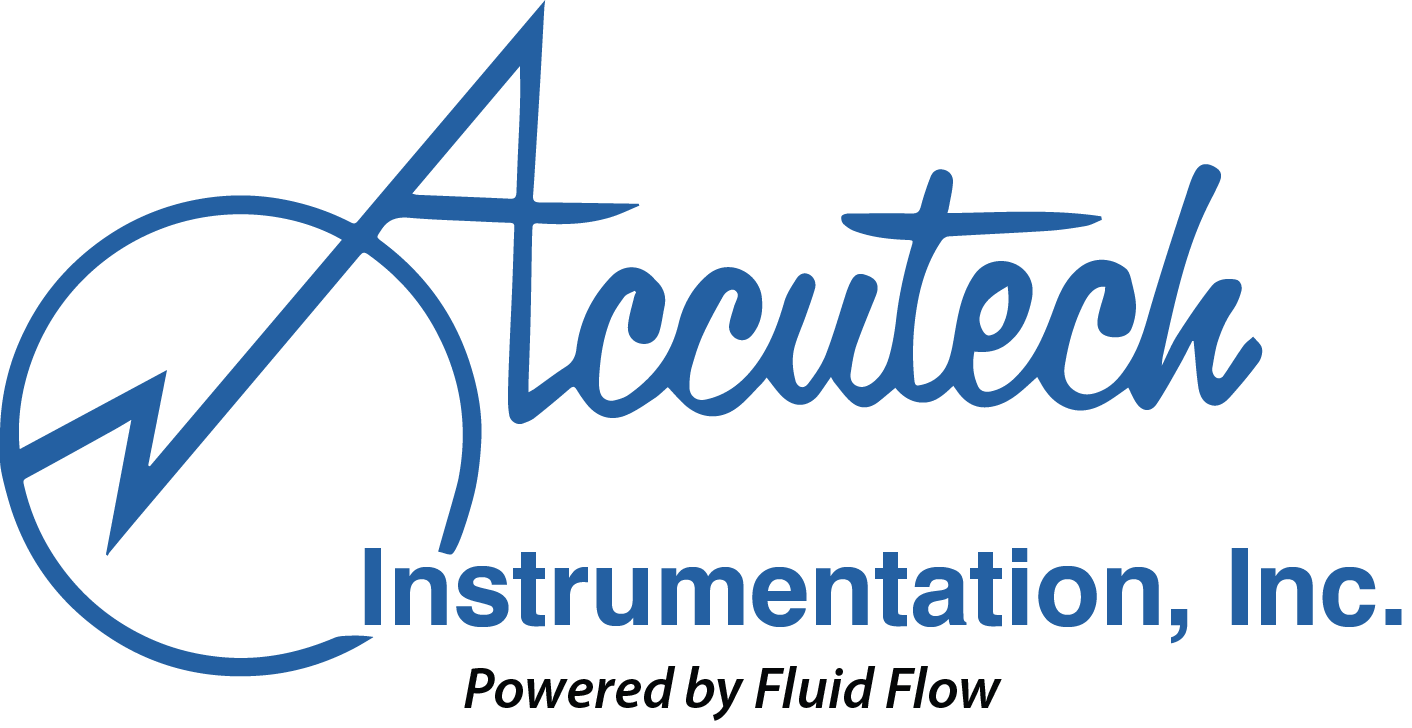- Home
- Offshore Oil and Gas Operations with Parker’s High-Pressure Instrumentation Valves
About Us
Thank you for choosing Accutech. We understand that each industry has specific fluid management requirements. Our large inventory of instrumentation process control products combined with our extensive technical expertise ensure the right solution for almost any application. Together, we will drive productivity and profitability, no matter the challenges your application may present.
Contact Us
6500 Bowden Road, Suite 304
Jacksonville FL 32216
Phone: 904.721.0822
Phone: 561.383.7457
Fax: 904.724.0999
email: flsales@fluidflow.com
jjj
Copyright © 2023 Accutech Instrumentation all rights reserved.

Offshore Oil and Gas Operations with Parker's High-Pressure Instrumentation Valves
Most pharmaceutical process operations utilize sanitary hose assemblies, including load cell isolators, portable tank hookups, CIP jumpers, and a number of other applications. The majority of pharmaceutical sanitary hose assemblies must meet strict standards including autoclavability, steam sterilization, and USP Class VI materials requirements. Despite the fact that most hose materials already comply with FDA regulations, only two materials—smooth bore PTFE, also known as Teflon, and platinum-cured silicone—meet the more rigorous standards of pharmaceutical applications. Your application and objectives for your hose assembly will determine which of these two materials to choose.
Challenge
Offshore platforms require instrumentation valves that can withstand pressures up to 20,000 PSI (1379 bar) while maintaining leak integrity and operational reliability. Traditional valve designs often presented multiple components, increasing potential leak paths and complicating maintenance procedures.
Solution
Parker introduced the 20K Hi-Pro Ball Valve and the 20K H-Series Needle Valve, specifically engineered for high-pressure applications. The 20K Hi-Pro Ball Valve features a two-piece construction, reducing potential leak paths by eliminating the need for multiple components. It operates with a 90-degree turn for swift on/off action and utilizes PEEK (polyetherketone) seat material, allowing operation over a wide temperature range from -20 to +200 degrees C (-4 to +392 degrees F). The 20K H-Series Needle Valve offers a multi-turn action for precise flow control, with an integral gland adjuster secured by Parker’s proprietary Tru-Loc mechanism, and a metal seat enabling operation from -54 to +200 degrees C (-65 to +392 degrees F). Both valves are fabricated from 316 stainless steel and are available with various tube connections to suit diverse system requirements.
Results:
Enhanced Reliability: The robust design minimizes leak paths, ensuring consistent performance in high-pressure environments.
Operational Efficiency: Simplified construction facilitates easier installation and maintenance, reducing downtime.
Versatility: A wide operating temperature range and various connection options make these valves adaptable to diverse offshore applications.
By integrating Parker’s advanced valve solutions, offshore operations have achieved improved safety, efficiency, and cost-effectiveness, reinforcing Parker’s commitment to innovation in fluid control technologies.
Recent Posts